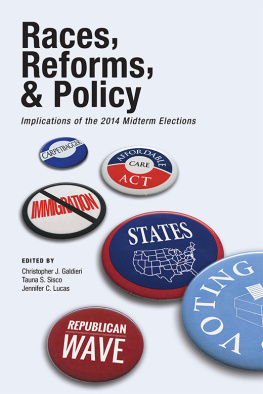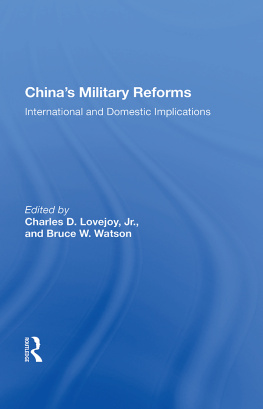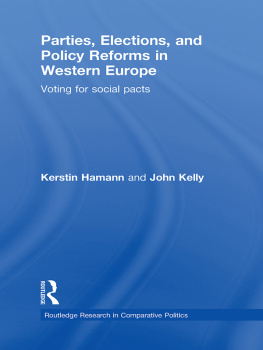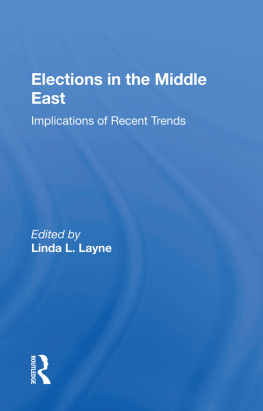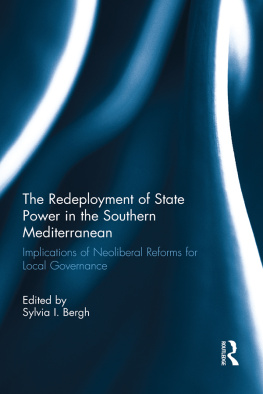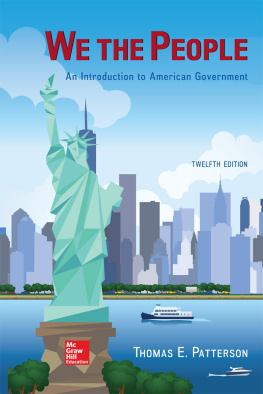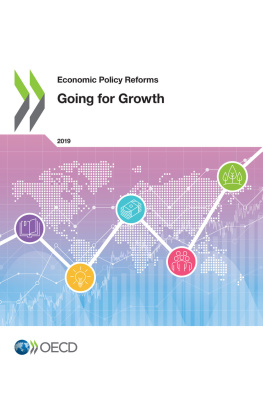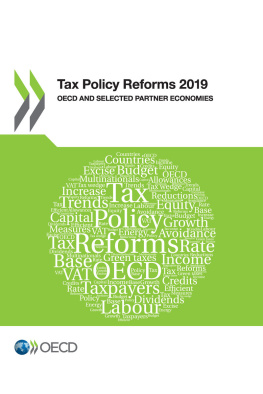Races,
Reforms,
& Policy
Bliss Institute Series
John C. Green, Editor
Christopher J. Galdieri, Tauna S. Sisco, and Jennifer C. Lucas, editors, Races, Reforms, & Policy: Implications of the 2014 Midterm Elections
William L. Hershey and John C. Green, Mr. Chairman: The Life and Times of Ray C. Bliss
Douglas M. Brattebo, Tom Lansford, Jack Covarrubias, and Robert J. Pauly Jr., editors, Culture, Rhetoric, and Voting: The Presidential Election of 2012
Douglas M. Brattebo, Tom Lansford, and Jack Covarrubias, editors, A Transformation in American National Politics: The Presidential Election of 2012
Daniel J. Coffey, John C. Green, David B. Cohen, and Stephen C. Brooks, Buckeye Battleground: Ohio, Campaigns, and Elections in the Twenty-First Century
Lee Leonard, A Columnists View of Capitol Square: Ohio Politics and Government, 19692005
Abe Zaidan, with John C. Green, Portraits of Power: Ohio and National Politics, 19642004
Races,
Reforms,
& Policy
Implications of the 2014 Midterm Elections
EDITED BY
Christopher J. Galdieri
Tauna S. Sisco
Jennifer C. Lucas
All Material Copyright 2017 by The University of Akron Press
All rights reserved First Edition 2017 Manufactured in the United States of America.
All inquiries and permission requests should be addressed to the publisher, The University of Akron Press, Akron, Ohio 44325-1703.
ISBN: 978-1-629220-69-7 (paper)
ISBN: 978-1-629220-70-3 (ePDF)
ISBN: 978-1-629220-71-0 (ePub)
A catalog record for this title is available from the Library of Congress.
The paper used in this publication meets the minimum requirements of American National Standard for Information SciencesPermanence of Paper for Printed Library Materials, ANSI z39.481984.
Cover design and illustration: Tyler Krusinski
Races, Reforms, and Policy was typeset in Minion with Helvetica Neue display by Amy Freels, printed on sixty-pound natural, and bound by Bookmasters of Ashland, Ohio.
Contents
Every election matters, but every election matters differently. Presidential elections set the terms on which politics will take place for the next four years; who is president affects the nations policy agenda, the conduct of foreign affairs, and the composition of the federal courts. Midterm elections, on the other hand, are in many ways reactions to a sitting presidents administration. In 1966 a strong Republican showing indicated that Americans were becoming dissatisfied with President Lyndon Johnsons handling of the war in Vietnam and his Great Society programs. In 1998 Democrats unexpectedly strong performance suggested that the public was less interested in President Bill Clintons affair with Monica Lewinsky than Republicans and inside-the-Beltway media were. Republicans victories in 2002 were taken as a sign of support for President George W. Bushs handling of the war on terrorism and the impending American-led invasion of Iraq, while the Democrats retaking of both houses of Congress in the 2006 midterms demonstrated how much Americans had soured on Bush and his leadership.
Under President Barack Obama, the 2010 midterms were no different. Republicans took back control of the House of Representatives, picked up seven seats in the Senate (though they still fell short of a majority), and won governorships and state legislative seats throughout the country. At the national level, politics turned into a series of stalemates and standoffs between the White House and House Republicans; at the state level, revitalized Republicans began passing laws dealing with labor rights, abortion restrictions, and other conservative policy priorities, while drawing congressional and state legislative district lines to increase their chances of maintaining control of the House and state legislatures. The reelection of President Obama in 2012 did little to change the parameters of American politics; while Democrats increased their Senate majority by two seats and picked up a handful of seats in the House, the presidents efforts to pass legislation addressing climate change, immigration reform, and gun control were stymied in Congress.
The result was that Republicans did extremely well in 2014. They won nearly every close Senate race and won control of that chamber, expanded their House majority, and all but one of the 2010 class of Republican governors won another term. Why did Republicans do so well, and what does that mean for American politics? In essence, how and why do midterms matter? In March 2015, scholars gathered at the New Hampshire Institute of Politics at Saint Anselm College to consider not just what had happened on Election Night 2014, but what those results suggest about the direction of American politics. The chapters in this volume are refined and revised versions of select papers presented at our conference, the second such postelection conference held at Saint Anselm College. The authors include some who are well-known scholars and others who are at the very beginning of their careers. Some take broad overviews of the election and others focus on very specific tactics or techniques used in the election. Most are political scientists, but some are scholars who study communications or sociology. Some perform historical analyses, while others examine the content of campaign communications, and others deploy sophisticated statistical models. The variety of our authors and of the methods they use to study the 2014 election and its consequences is, we believe, one of the strengths of this book, and makes the volume a deeper and richer analysis than it otherwise would be.
We have organized this volume into four sections. The first is Overview and Trends, which features two broad analyses of the 2014 Midterm Election. Robert Erikson examines the results of the elections for the House of Representatives and concludes that Republicans won not just because of short-term factors, such as being the out-party during a midterm election year, but also thanks to the favorable 2010 redistricting in many states, the benefits of incumbency, and the nationalization of congressional elections. He concludes that, for Democrats, a House majority may be out of reach until they are once again the out-party running in a midterm election year during a Republican presidency (which means we will keep an eye out for their chances in 2018). Chad Kinsella and Scott Sedmak consider the Republicans tremendous success at winning state legislative seats in 2014. They explain Republicans unprecedented state legislative officeholding, the states where Republicans are still underperforming compared to the presidential level, and the policy consequences of those actions.
Chapters in the second section, Up Close and Personal: State Level Races, focus on how the 2014 midterm campaigns played out at the state and local levels. In , Robert Crew, Jr., Alexandra Cockerham, and Edward James III examine how the Democrats won Floridas second congressional district in a year when they were losing so many other seats nationwide. Emily Wanless studies South Dakotas Senate race, which featured an unusual three-candidate field in the race to succeed outgoing Senator Tim Johnson. Adam Myers examines the North Carolina Senate race, in which Thom Tillis defeated incumbent Democrat Kay Hagan, and suggests that President Obamas decision to delay taking executive action on immigration may have sunk Hagans chancesdespite the conventional wisdom that such action would make it harder for Hagan and other first-term senators to be reelected. And using textual analysis, Jerome Day, Tauna Sisco, and Christopher Galdieri examine the carpetbagger rhetoric surrounding Scott Browns attempt to cross states lines from Massachusetts to New Hampshire and be elected to the Senate in a second state.


